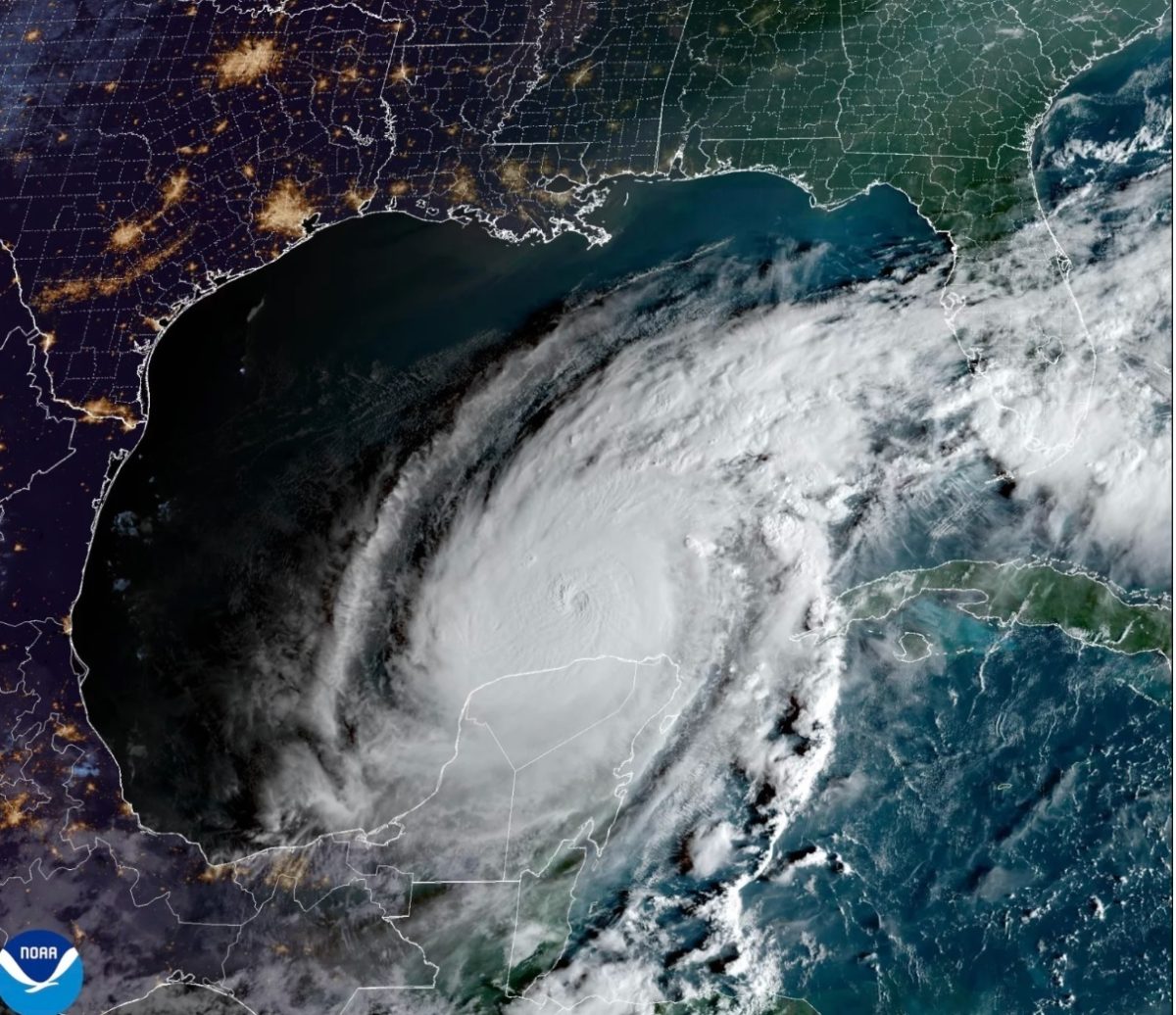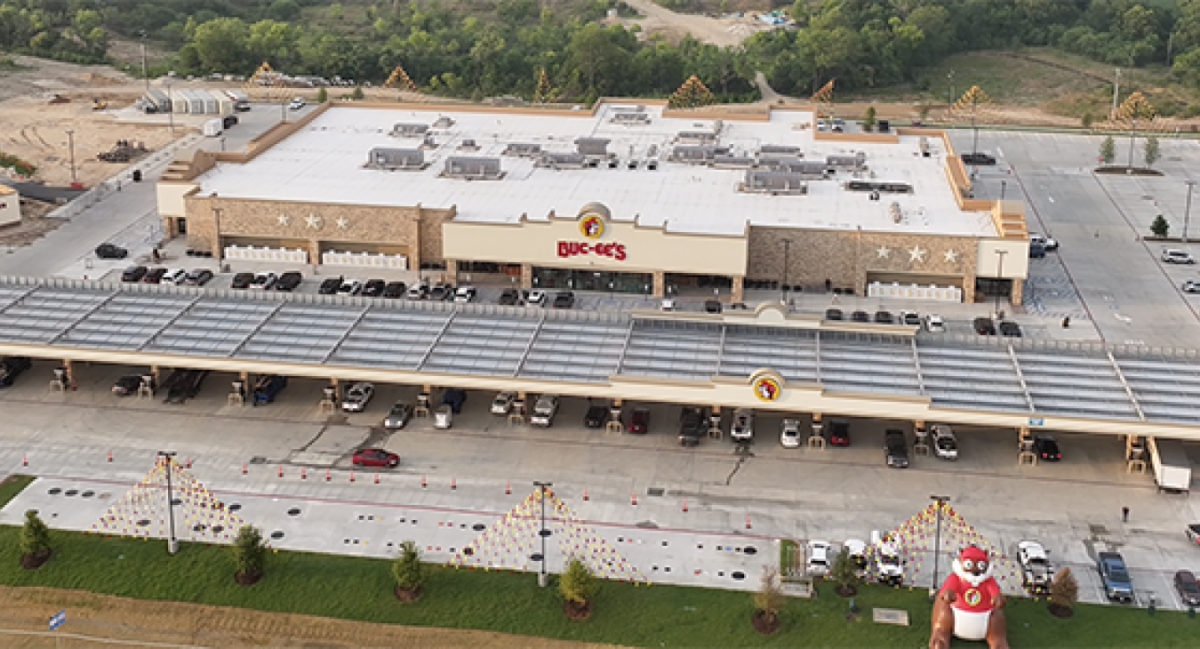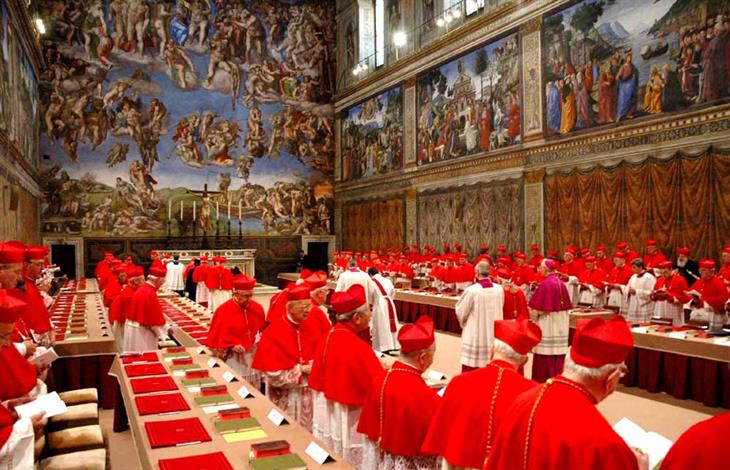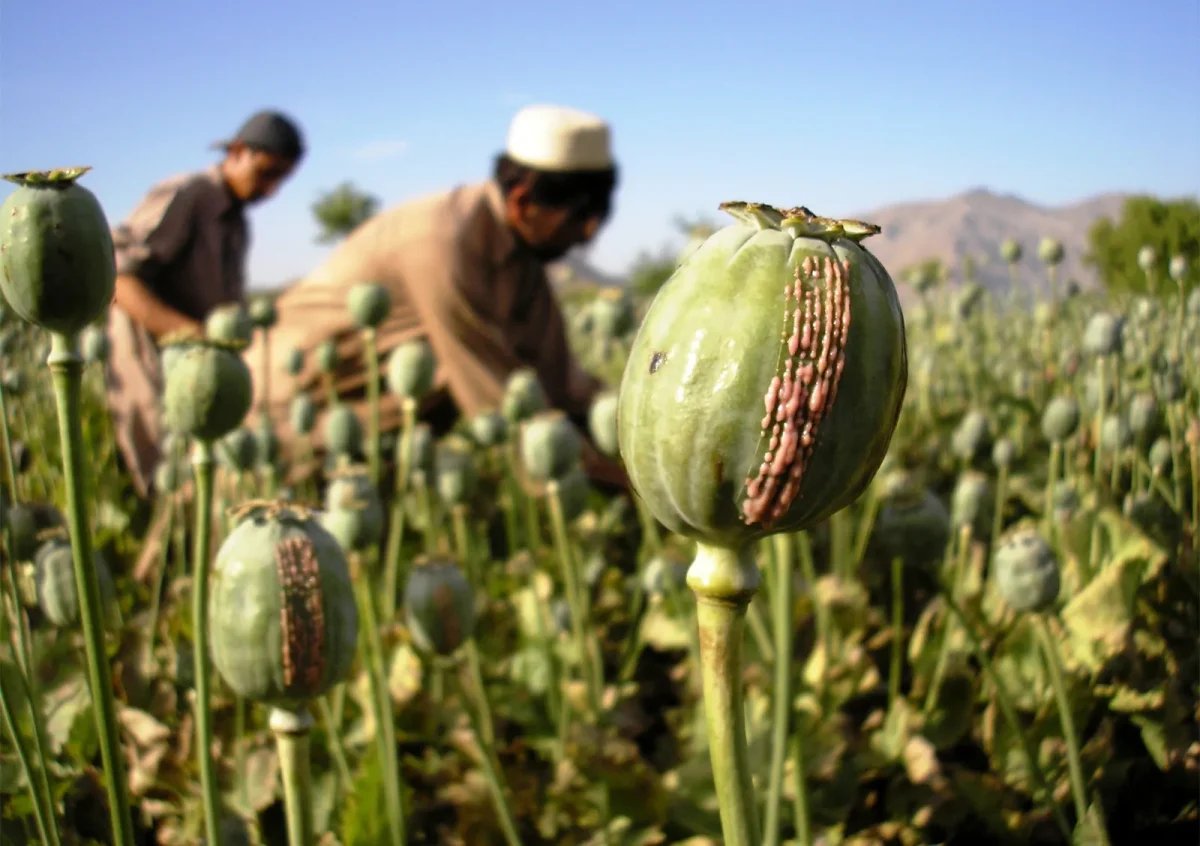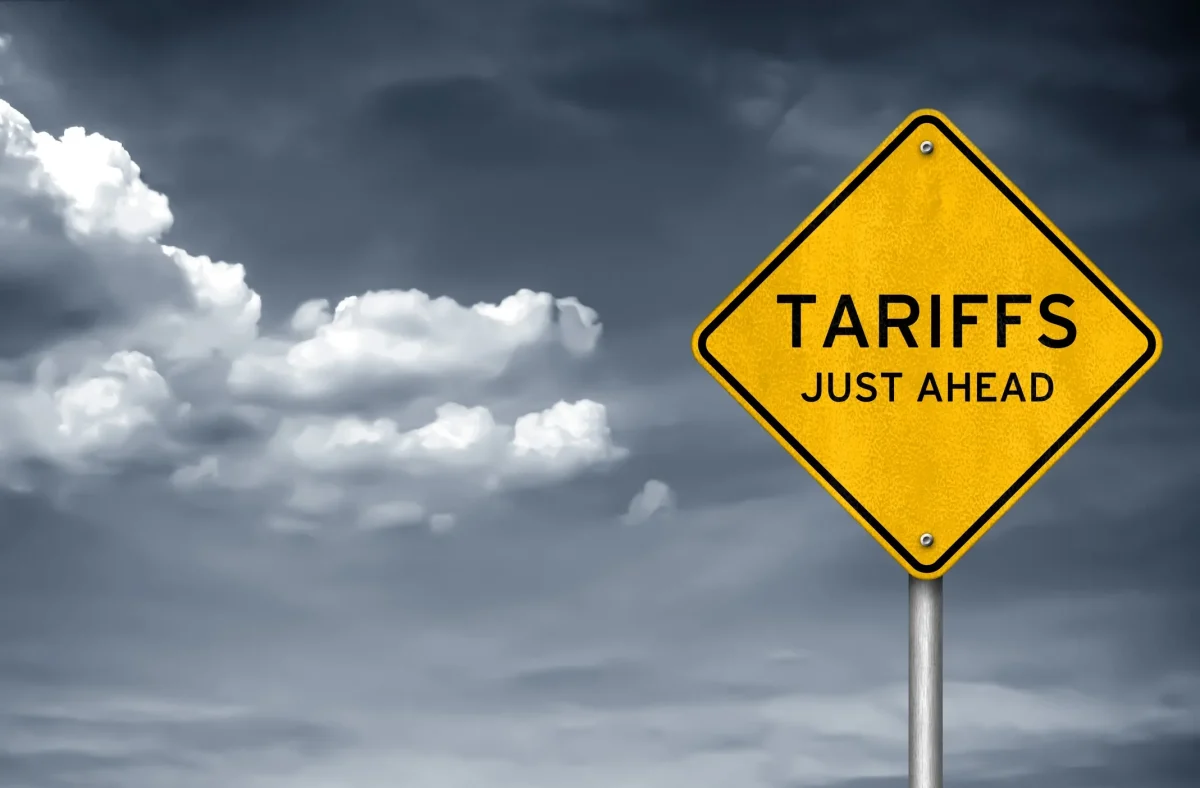Hurricane Milton made landfall Wednesday night as a Category 3 storm, bringing dangerous winds and storm surges to Florida’s west coast. The storm first reached Siesta Key with winds at 120 mph and left a path of destruction as it headed east-northeast through the state. The aftermath of this disastrous event impacted many, from power outages to collapsed homes, but the full toll has yet to reveal itself.
The current death toll is 16 people, with four deaths not from the hurricane itself but from the nearly 150 tornadoes that hit Florida before Milton touched down. State Governor Ron DeSantis, however, anticipates that “there’s going to be [more] confirmed casualties on the tornadoes,” even reaching “all the way on the east coast of Florida.”
Meteorologists forecasted that Milton’s storm surge and resulting rainfall would top records from earlier Hurricane Helene, but the storm weakened from a Category 5 to a Category 3 storm before landfall. Though the storm surge from Milton didn’t impact Tampa Bay as much as other cities, the storm still brought in one to two feet of water there. In Plant City, just 24 miles inland from Tampa, emergency teams rescued 35 people from the flooding. According to Plant City’s City Manager, Bill McDaniel, the damage was “absolutely staggering,” and the city received 13.5 inches of rain.
Residents throughout Florida are without power, which, according to PowerOutage.us, impacts 3.4 million homes and businesses throughout the state. Hardee County, in particular, is one of the hardest hit, with 98% of people without power. In a statement Wednesday night, the sheriff’s office said that Hardee was “experiencing widespread outages and downed debris” and further encouraged people to “remain sheltered in place.” Though the number decreased to two million homes this morning, many remain without any power.
Wind gusts from Milton reached up to 140 mph, enough force to destroy the roof of the Tampa Bay Ray’s home, Tropicana Field. Emergency responders initially wanted to use the field as a base camp, but they relocated when meteorologists revealed data about the strength of the winds. In an interview with CNN, storm chaser Jonathan Petramala shared that he’d visited the stadium after the collapse and that it “is one of the most surreal things ever.”
I was able to actually get my hands on a piece of that roof, to kind of feel the material, and it feels just [like] thick vinyl,” Petramala said. “And you could see it just had no chance against those winds of Hurricane Milton.”
On Wednesday, President Biden affirmed his support for those affected saying “We’ve got your back” during an address to the nation about Hurricane Milton.



